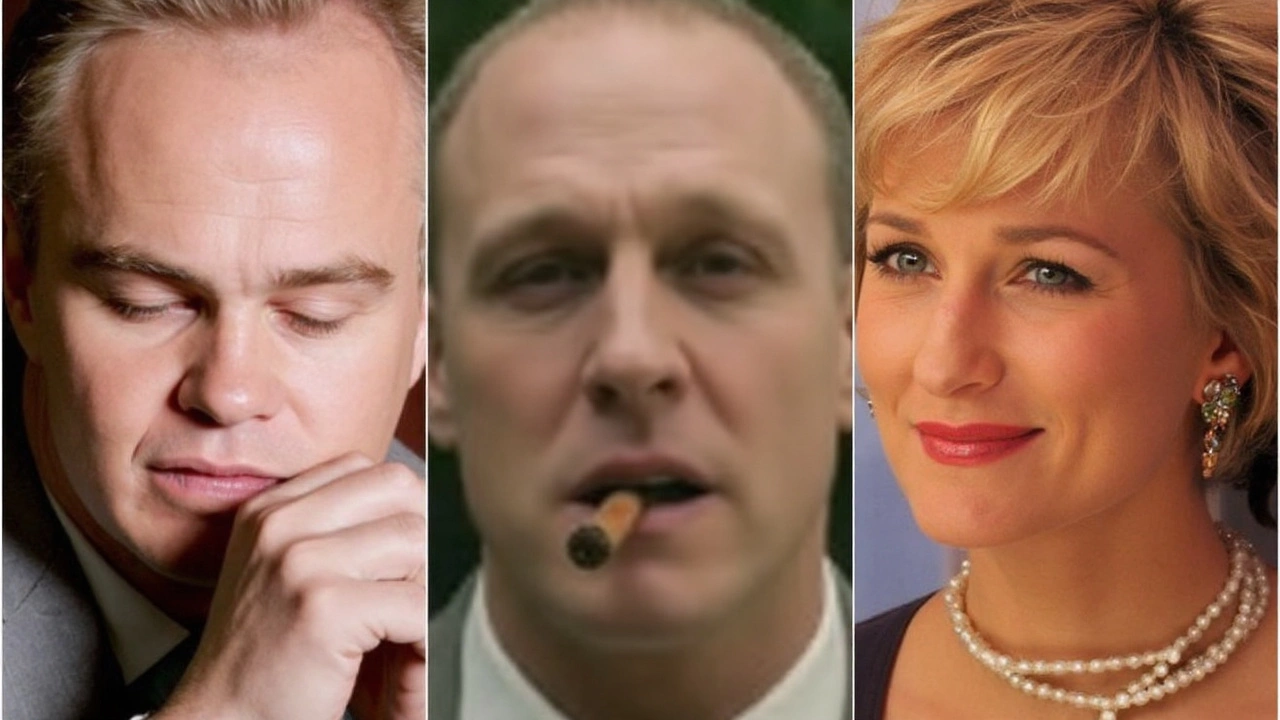Worst Roles in Rugby: Why Some Positions Feel Like a Curse
If you’ve ever watched a match and wondered why a few players look like they’re constantly under pressure, you’re not alone. In rugby, some positions are notorious for being grueling, injury‑prone, or just plain miserable on the field. Let’s break down why these roles earn the label ‘worst’ and what players can do to survive them.
What Makes a Role ‘Worst’?
First off, “worst” isn’t about skill level – it’s about the mix of physical demand, mental strain, and exposure to danger. The front‑row forwards, especially the loosehead prop, spend most of the game in scrums, shoulder‑to‑shoulder with opponents, taking massive impacts every few minutes. Those repeated blows raise concussion risk – a hot topic when you compare rugby league and union stats. Then there’s the open‑play hooker, who runs hard, tackles often, and still needs to throw accurate line‑out balls. Combine that with a high chance of getting a yellow card, and you’ve got a role that can wear you down fast.
Why Some Players Hate These Jobs
Back‑row players, like flankers, love the chance to win turnovers, but they also chase every loose ball, sprint back on defense, and crash into rucks. It’s a nonstop sprint that can leave you breathless quicker than an NFL player running a 40‑yard dash. Speaking of NFL, the speed comparison shows that while American football guys may be faster in short bursts, rugby players have the stamina to keep going for 80 minutes. That endurance edge becomes a double‑edged sword for positions that demand both speed and raw power.
Another gripe is the mental load. The scrum‑half has to make quick decisions, feed the ball cleanly, and keep the defensive line organized. One bad pass and the whole team can be exposed. Add the pressure of being the link between forwards and backs, and you’ve got a role that feels like a constant exam.
Finally, the sheer visibility of mistakes can make a position feel like a spotlight on failure. Take the fly‑half: they dictate the attacking play, kick for territory, and must read the defense like a chess player. Miss a tactical kick, and the crowd’s boos can echo for weeks.
So, what can players do to make these “worst” roles a bit more bearable?
- Conditioning: Build specific stamina for the position. Flankers benefit from interval training that mimics the stop‑and‑go nature of rucks.
- Skill drills: Scrum‑halves should rehearse rapid ball‑distribution under pressure to shave seconds off decision‑time.
- Recovery plan: Props and hookers need extra muscle therapy and concussion monitoring to stay match‑ready.
- Mental prep: Visualization helps fly‑halves stay calm when under the gun for a crucial kick.
Remember, every rugby position has its ups and downs. The “worst roles” tag simply highlights where the sport tests you hardest. By understanding the specific challenges and training smart, players can turn a dreaded spot into a badge of honor. Next time you see a prop grinding in the scrum or a scrum‑half darting under a high line, you’ll know exactly why they’re battling some of the toughest jobs on the pitch.

Awful Performances: 17 Misfires by Great Actors, from De Niro to DiCaprio
Even the best actors have off days. Here are 17 times big names stumbled—De Niro’s raunchy detours, Pacino’s infamous cameo, Clooney’s neon Batman, and more—from Cage and Berry to DiCaprio and Streep. What went wrong? A mix of bad scripts, odd direction, genre whiplash, and paycheck gigs shows how talent alone can’t rescue a broken movie.
view more

